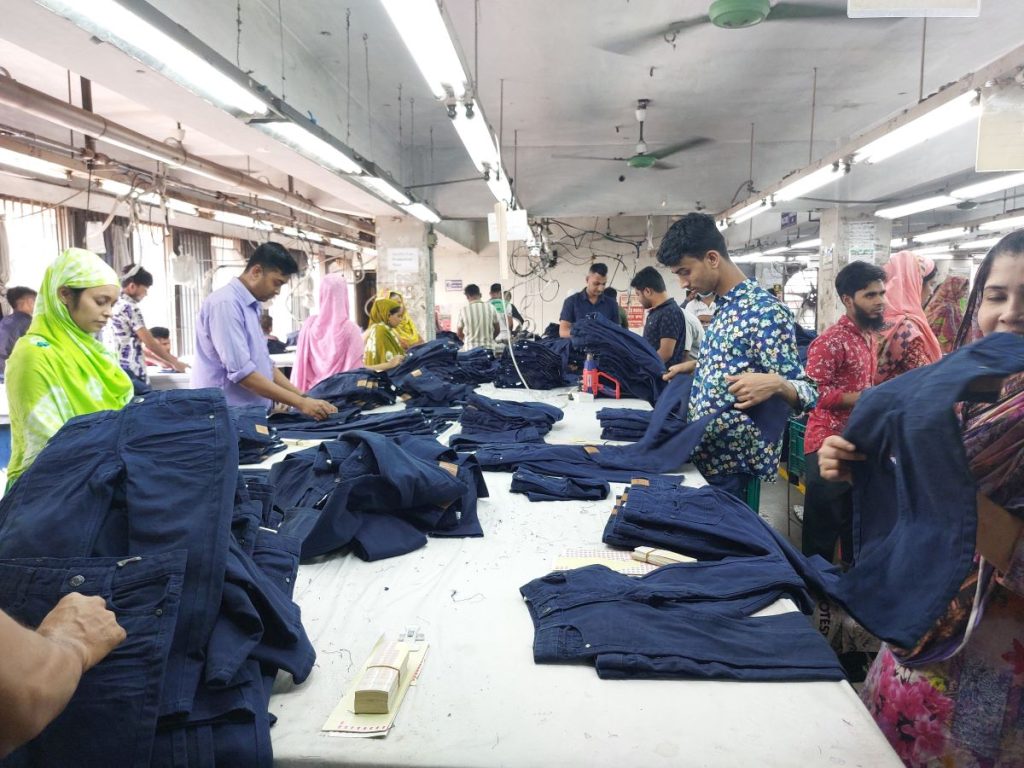Introduction: Paving the Path to Sustainable Garment Manufacturing
Bangladesh’s garment manufacturing sector has long been a cornerstone of the nation’s economy, providing employment opportunities and driving economic growth. However, this rapid expansion has come at a cost to the environment and communities, necessitating a shift towards sustainability. In this blog, we’ll delve into the challenges facing Bangladeshi garment manufacturers in their journey towards sustainability and the innovative solutions being adopted to overcome them.
Understanding the Challenges
- Environmental Impact: The garment industry’s reliance on natural resources, energy, and chemicals has led to significant environmental degradation, including water pollution and carbon emissions.
- Labor Conditions: Ensuring fair wages, safe working conditions, and workers’ rights remains a challenge in many garment factories across Bangladesh.
- Waste Management: The industry generates substantial waste, including fabric scraps and packaging materials, posing a significant environmental threat if not managed effectively.
Innovative Solutions Driving Change
- Adoption of Eco-Friendly Materials: Garment manufacturers are increasingly shifting towards sustainable materials such as organic cotton, recycled polyester, and bamboo fibers, reducing their environmental footprint.
- Energy Efficiency Measures: Implementing energy-efficient technologies and practices, such as solar panels and LED lighting, helps reduce energy consumption and greenhouse gas emissions.
- Water Conservation: Investing in water-saving technologies and wastewater treatment facilities minimizes water usage and prevents pollution of local water bodies.
- Ethical Sourcing and Fair Trade Practices: Embracing fair trade principles and ensuring transparency across the supply chain promotes ethical labor practices and supports local communities.
- Circular Economy Initiatives: Adopting circular economy models, including recycling and upcycling of textile waste, reduces resource consumption and promotes a closed-loop system.
The Role of Apparel Solutions Bangladesh
At Apparel Solutions Bangladesh, we recognize the urgency of addressing sustainability challenges in the garment industry. Through a multi-faceted approach, we’re driving positive change and setting new standards for eco-friendly manufacturing practices.
Our Initiatives Include:
- Supplier Engagement: Working closely with our suppliers to promote sustainable sourcing practices and ensure compliance with environmental and social standards.
- Innovation Hub: Investing in research and development to identify and implement cutting-edge technologies and materials that minimize environmental impact.
- Worker Empowerment: Prioritizing the welfare of our workers by providing training, healthcare, and fair wages, fostering a culture of respect and dignity.
- Community Outreach: Engaging with local communities to address their needs and concerns, contributing to social development and poverty alleviation efforts.
Looking Towards a Greener Future
While the journey towards sustainability in Bangladeshi garment manufacturing is complex and challenging, it’s also filled with opportunities for positive change. By embracing innovation, collaboration, and a shared commitment to environmental and social responsibility, we can create a more sustainable and equitable future for all.
Join us at Apparel Solutions Bangladesh as we continue to lead the way towards a greener, more sustainable garment industry, setting an example for others to follow.
Conclusion:
Sustainability is not just a buzzword; it’s a fundamental imperative for the future of Bangladesh’s garment industry. By confronting challenges head-on and embracing innovative solutions, we can build a more resilient, responsible, and prosperous industry that benefits both people and the planet. Together, let’s pave the path towards a greener future for generations to come.
